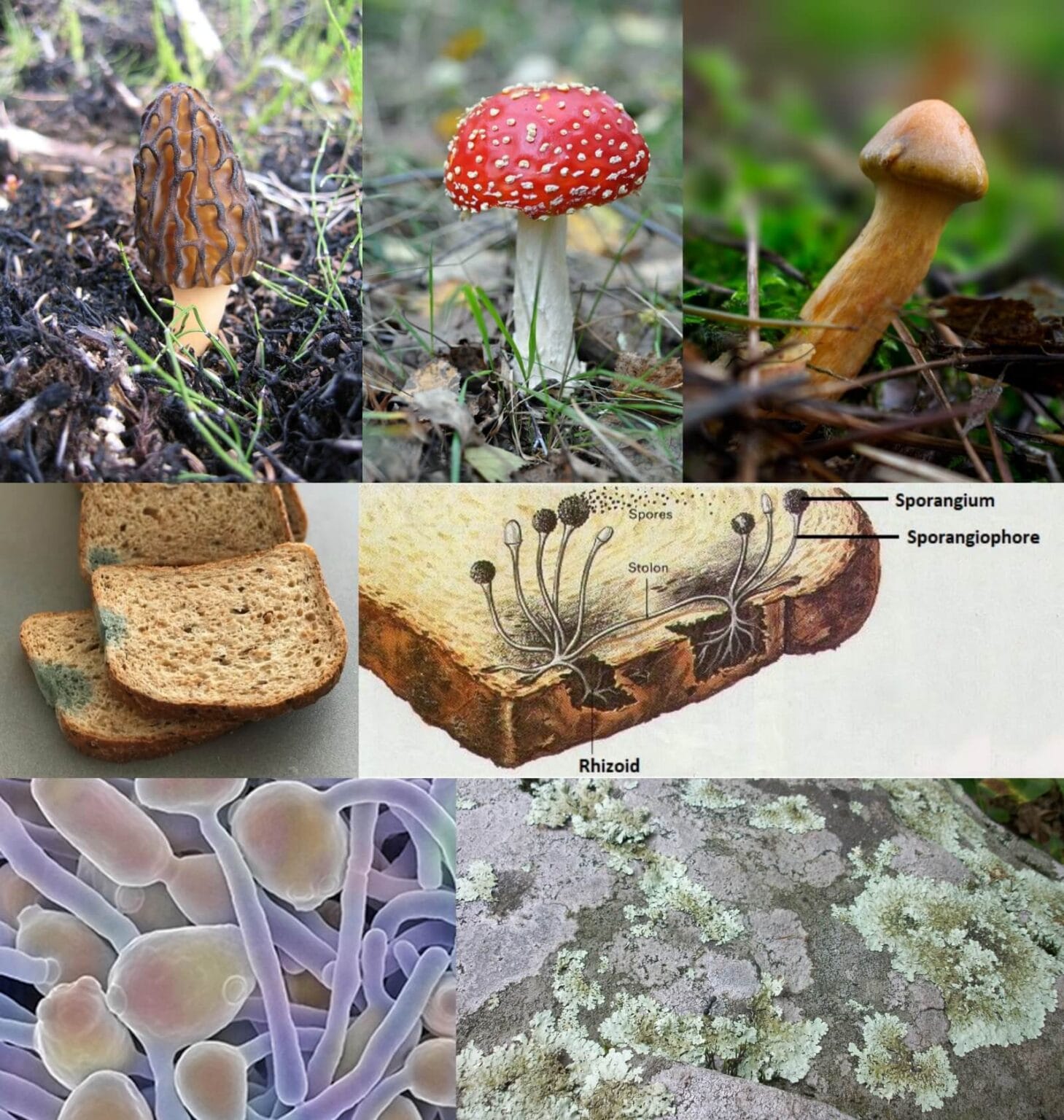Mushrooms are essential decomposers, playing a vital role in breaking down organic matter and recycling nutrients back into the ecosystem. Unlike plants, which produce their own food through photosynthesis, mushrooms belong to the Fungi kingdom and obtain nutrients by decomposing organic matter. This article explores the fascinating world of fungal decomposition and the crucial role mushrooms play in maintaining healthy ecosystems.
The Magic of Mushroom Decomposition
Ever wondered about the mystical beauty of the albino hognose snake? Just as nature holds captivating secrets in the animal kingdom, a hidden world thrives beneath our feet, where nature’s cleanup crew is hard at work. Mushrooms are key players in this world of decomposition, acting as nature’s recycling system. They break down dead organic matter, transforming it into nutrients that fuel new life.
What is a Decomposer?
Decomposers are organisms, primarily fungi and bacteria, that break down dead plants and animals. This process returns essential nutrients to the ecosystem, making them available for other organisms to use. Producers, like plants, create their own food through photosynthesis; mushrooms, lacking chlorophyll, cannot. They are the recyclers, not the manufacturers.
Mycelium: The Hidden Network
The visible mushroom is just the fruiting body – the tip of the iceberg, so to speak. The real work of decomposition happens underground, thanks to a vast network of thread-like structures called mycelium. This hidden web of mycelium acts as the mushroom’s digestive system, spreading through the soil and weaving itself into dead organic material. Mycelium secretes powerful enzymes, the tools of decomposition.
Enzymes: Nature’s Tiny Scissors
Enzymes are proteins that act like tiny molecular scissors, snipping apart complex organic molecules into smaller, simpler nutrients. These enzymes, secreted by the mycelium, are the key to unlocking the nutrients trapped within dead plants and animals. This process is similar to how our own bodies break down food, but mushrooms do it externally, releasing valuable nutrients back into the soil for other organisms to use. Different fungi produce different enzymes, specializing in breaking down various organic materials, from wood to leaves. For example, brown rot fungi primarily decompose cellulose, leaving behind brown lignin, while white rot fungi decompose both, resulting in a bleached appearance.
The Vital Role of Decomposition
Decomposition is essential for all life on Earth. It’s a fundamental process that drives nutrient cycling, the continuous flow of nutrients through the ecosystem. Without decomposers like mushrooms, dead plants and animals would accumulate, locking away vital nutrients. The soil would become depleted, hindering plant growth and impacting the entire food web.
Beyond the Forest Floor
While we often associate mushrooms with forests, they contribute to decomposition across various environments – grasslands, aquatic systems, and even our gardens. Are you brave enough to explore the myths surrounding the question, are camel spiders poisonous? Just as these desert dwellers play a specific role in their environment, so too do fungi play their part in different ecosystems, breaking down a wide array of materials, including leaves, fruits, and even animal remains.
A Team Effort
Mushrooms aren’t the only decomposers. They’re part of a larger team that includes other fungi, bacteria, and invertebrates. Each player has a specific role, contributing to the breakdown of organic matter in various ways. Some bacteria specialize in breaking down cellulose, while earthworms fragment organic material, improving soil aeration. This collaborative effort ensures efficient nutrient recycling.
Ongoing Research and Uncertainties
Much is known about mushroom decomposition, but research continues to uncover new insights. Scientists are exploring the intricate interactions between different fungal species and how environmental factors like temperature and moisture influence decomposition rates. Some studies suggest certain fungi might even break down pollutants, offering potential solutions for environmental remediation. This research highlights the complexity of fungal decomposition and the potential for future discoveries. It also suggests that the traditional classification of organisms as simply “producers” or “decomposers” might be an oversimplification, with some organisms potentially exhibiting characteristics of both. While much has been discovered, there is still much to learn and ongoing research may change our understanding of these complex processes.
The Diversity of Decomposers
While mushrooms are key players, they are not the only decomposers in the ecosystem. Here’s a breakdown of the different types of organisms involved in this essential process:
- Scavengers: Animals like vultures and crabs that consume larger pieces of dead organic matter.
- Detritivores: Organisms like earthworms and millipedes that consume smaller particles of organic matter.
- Decomposers: Fungi and bacteria that break down organic matter at the molecular level, releasing nutrients back into the environment.
This distinction highlights the important nuances within the decomposition process and demonstrates the collaborative effort involved in recycling nutrients.
By understanding the fascinating world of mushroom decomposition, we gain a deeper appreciation for the intricate web of life that sustains our planet. From the smallest mushroom to the tallest tree, every organism plays a vital role in maintaining the delicate balance of our ecosystems.
- Unlock Elemental 2 Secrets: Actionable Insights Now - April 2, 2025
- Lot’s Wife’s Name: Unveiling the Mystery of Sodom’s Fall - April 2, 2025
- Photocell Sensors: A Complete Guide for Selection and Implementation - April 2, 2025

















1 thought on “Are Mushrooms Decomposers? Unveiling Nature’s Hidden Recyclers”
Comments are closed.